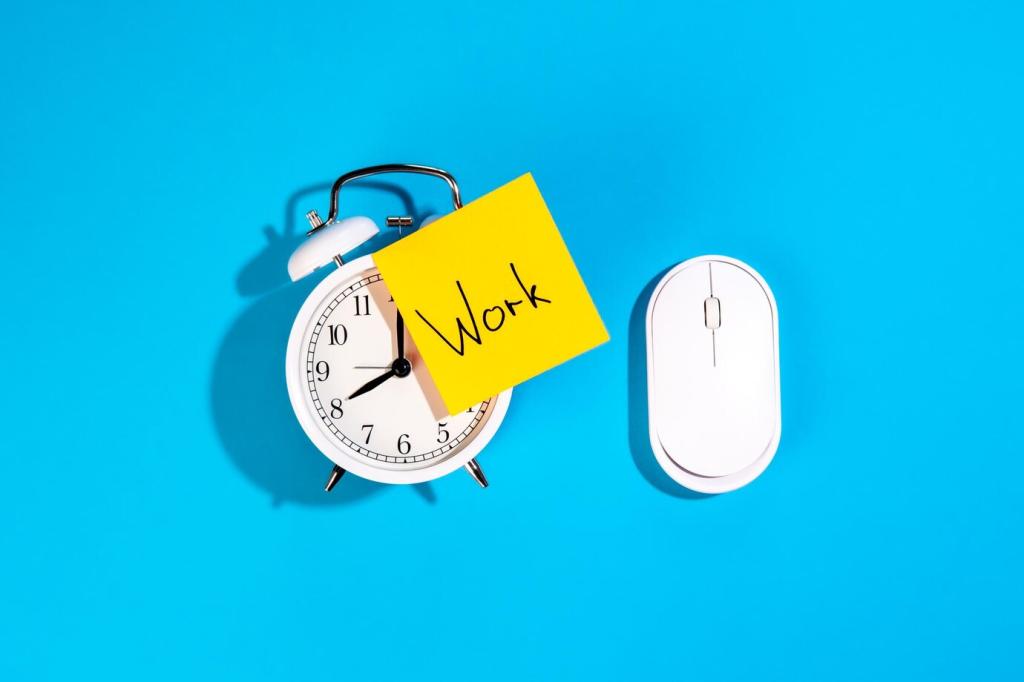Breathwork You Can Feel in Minutes
Inhale four, hold four, exhale four, hold four—repeat for four rounds. Box breathing steadies heart rate and focus. Try it before a tough conversation or when household noise feels overwhelming, and notice your mental room expand.
Breathwork You Can Feel in Minutes
Take a deep inhale, add a quick top-up sniff, then exhale slowly through the mouth. Two to three rounds release tension quickly. Readers tell us this is their go-to during sudden stress spikes, like spilled dinners or urgent emails.
Breathwork You Can Feel in Minutes
Inhale for four, hold seven, exhale eight. Repeat four cycles in bed. The extended exhale cues the body toward rest. Pair with dim lighting and no screens to gently shorten those frustrating, wide-awake minutes.
Breathwork You Can Feel in Minutes
Lorem ipsum dolor sit amet, consectetur adipiscing elit. Ut elit tellus, luctus nec ullamcorper mattis, pulvinar dapibus leo.









